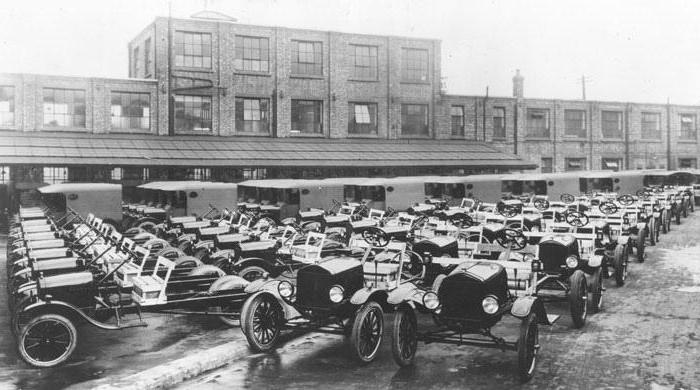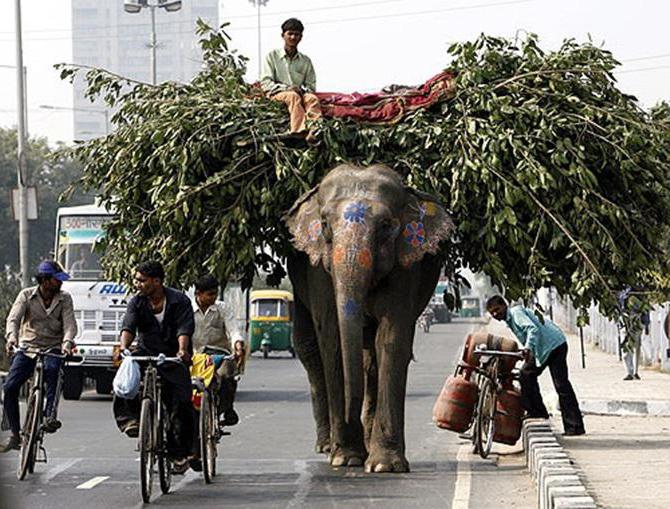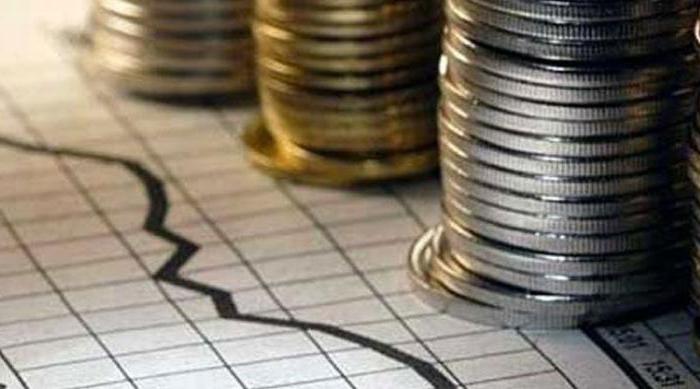The real sector of the economy is the aggregate of all branches of material and intangible production, with the exception of financial services. This is the classic definition in economics today. However, this term has many opponents.

Alternative definition
Of course, the financial sector of the economy is connected with the real, without one it would hardly have been possible for the other. For example, how can you build a powerful plant without major cash investments? Nevertheless, in science, the separation of these two concepts does not cause controversy. However, the "real sector of the economy" is a term that is ambiguously interpreted by many financiers and bankers. The stumbling block is intangible production, i.e. service industries. Many advocate separating, say, the production of goods from consultation on its operation, since in the latter case a physically tangible product is actually created. In simple “kitchen language”, the real sector of the economy is the production of goods that you can hold in your hands. However, this point of view does not find a response among most politicians and economists.

The concept
The real sector of the economy is the sectors of real production of goods (light industry, agriculture, etc.), infrastructure and the service sector (including the provision of financial services without real credit). Let's move on to the industries.
Industries
The real sector of the economy is quite widely represented by various sectors of the economy. It is impossible to list everything in the framework of one article, but some of them are still called:
- Gas industry.
- The coal industry.
- Agricultural sector.
- Transport (this also includes the gas transportation system).
- Peat industry.
- Construction (production of materials and the provision of services).
- Food industry.
- Culture, healthcare, education - as a rule, they are united by the concept of “intangible services”, etc.

Features of the real sector of the Russian economy
The sectors of the Russian economy have their own characteristics:
- Lack of public sector in agriculture.
- The dominance of extractive industries oriented to the global market.
- Dependence of the service sector on the domestic market.
Let's analyze each item in more detail.
The state left the agricultural sector
In our country, there is almost no public sector in agriculture. The state completely abandoned it after the collapse of the USSR and handed it over to private farmers. Many continued to exist on the basis of the former state-farm collective farm system, changing only their economic form and modernizing production. Some farmers began their development along the American model of small-scale farming.

Russia on the "oil needle"
In Russia, for many decades, the dominance of industries for the extraction of raw materials and fuels oriented to the foreign market has been traced. No matter what politicians tell us about the need to get rid of the “oil needle”, in fact, over the past decades, the dependence of the federal budget on raw materials industries has only intensified. This is due to the fact that since the beginning of the 2000s, prices for hydrocarbons and other resources have skyrocketed, which negatively affected other sectors of the economy. In fact, the budget was overfilled with petrodollars, which led to large inflation and rising prices. This, in turn, did not allow other sectors of the Russian economy to develop, since all investments were invested in “fatty sectors”, and also went to support social projects.
For a long time, the Russian authorities assured the population that the development of economic sectors was complex and we were no longer dependent on gas and oil. But as world energy prices fell by half, a huge deficit formed immediately in the budget, which was able to be covered by additional cash emissions. This, in turn, led to a fall in the Russian currency and a doubling of prices.
Emission and devaluation are additional tools that the state has in its hands. Salaries to state employees and pensions can be paid in the same amount and on time, but you can buy half as much in supermarkets. This is tantamount to halving salaries and pensions.
Service sector focus on the domestic market
As noted above, the real sector of the economy also includes the services sector. In Russia, it is aimed at meeting the needs of the domestic consumer. Recent events have shown that such a development model is far from ideal: sanctions, counter-sanctions, the global energy crisis hit the domestic consumer. As a result, domestic demand decreased, and no one was oriented to the foreign market. As a result, we got a huge crisis of the entire consumer services market. People began to clean themselves in their free time, relax without prejudice to their personal budget, etc.
Public Sector Economics

By the public sector is meant, first of all, the public sector. Those. the economy of the public sector is aimed at serving the interests of the whole society. Its main areas include:
- the provision of public goods;
- redistribution of income and expenses through taxes, social services, etc .;
- production and sale of goods and services for commercial purposes at state enterprises.
The last paragraph may cause questions from readers, so we will try to explain it. The fact is that profits from state enterprises go entirely to the state budget. Now we are talking about how it should be in theory, not taking into account the corruption aspect of this issue. All profit does not go to the purchase of yachts, villas, expensive cars, but goes to the development of healthcare, education, science, culture, i.e. brings public benefit. Therefore, the profit from the commercial activities of state enterprises is included in the category of the economy of the public sector (public sector).
Features of the public sector in Russia

We have already said a little about the fact that the state completely abandoned agriculture. However, it did not refuse to participate in the economy. On the contrary, recently the state’s share in the economy is only growing. As a rule, this is manifested in the purchase of a controlling stake in the largest enterprises of the country, on which the security of the whole society sometimes depends. These are the leading banks of the country (Sberbank, VTB, Gazprombank), the largest oil and gas producers (Gazprom, Rosneft, Lukoil, etc.), defense and strategic enterprises (Russian Railways, Research Institute of Chemical Reagents and especially pure chemicals, etc.).
However, the public sector is facing many challenges. The key ones are the lack of good governance and excessive bureaucracy. The public sector in the West, for example, was present for a long time only in the advanced, unexplored sectors of the economy in which ordinary investors were afraid to invest. The state there acted as a locomotive for the development of science and technology, showing new stages of development. In our country, on the contrary, the state allocates money to “proven areas” that do not have long-term development prospects.